Ms. Phan Thi Thanh Xuan - General Secretary of the Vietnam Leather, Footwear and Handbag Association shared with reporters of the Industry and Trade Newspaper.
 |
| Ms. Phan Thi Thanh Xuan - General Secretary of Vietnam Leather, Footwear and Handbag Association |
Footwear is one of the main export products to CPTPP. What do you think about the opportunities that this market brings to exported footwear?
CPTPP is one of the important FTAs for the leather and footwear industry. Among the countries participating in CPTPP, Canada and Mexico have not had an FTA before, so when CPTPP came into effect, the growth rate of leather and footwear exports to these two markets increased very quickly, up to 20%. For Vietnam's markets in the CPTPP bloc, except for Brunei, the rest almost all reduced taxes to 0% as soon as the FTA came into effect, bringing positive results to businesses. CPTPP countries currently account for 12% of export turnover, meaning this is a market that brings many great benefits.
Another positive sign is that thanks to this agreement, the supply of raw materials has shifted to Vietnam. For FTAs to take effect, we must comply with the conditions on rules of origin. Because of the preparation since the negotiation of the TPP Agreement, the predecessor of the CPTPP, the supply of raw materials has shifted to Vietnam and contributed to the growth of the localization rate for exported leather and footwear products from 45% to 55% and is continuing to increase. This is a significant success for the leather and footwear industry in addition to export growth.
Currently, many countries in the CPTPP bloc have been increasing their requirements for sustainable development. So to meet these requirements, what solutions have Vietnamese footwear enterprises come up with in recent times?
Sustainable development poses a big challenge for footwear enterprises in particular and Vietnamese enterprises in general. When participating in new generation FTAs, it can be understood as if in the past we only went to the "inner city", now we go on the "highway". And going on the high way requires good and modern vehicles to move. As for rudimentary and weak vehicles, they will be eliminated from the game.
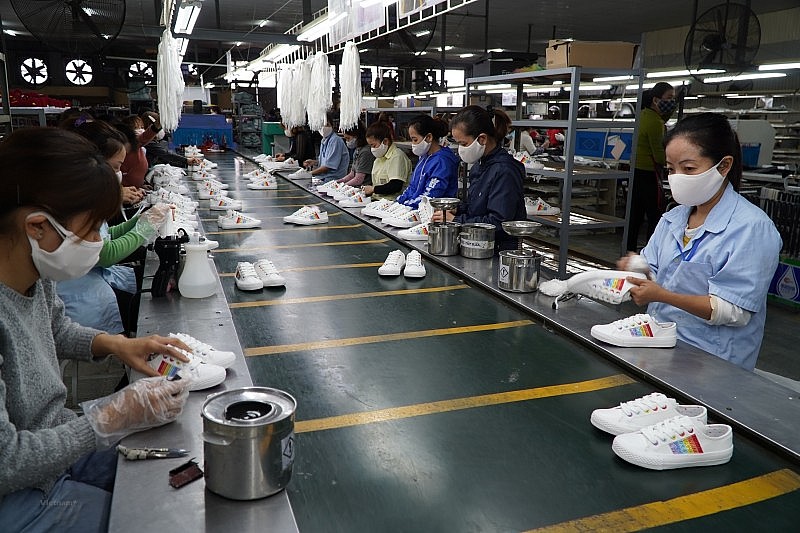 |
| Footwear businesses prepare solutions for sustainable development |
To meet the criteria of sustainable development, businesses must meet many requirements such as criteria on waste, working conditions of employees, environment, etc.
The issue of business compliance is very clear. As the supply chain becomes increasingly transparent, traceability is a requirement that businesses must meet. Thus, the requirement for sustainable development is not only due to government policy but also required by reputable brands. This is a challenge and also an opportunity for businesses to improve their competitiveness in the market.
Therefore, the first solution is that businesses must transform digitally, thereby solving the problem of management costs, improving internal capacity, and making the supply chain transparent so that businesses can access efficiency.
Enterprises also need the cooperation of state agencies in policies such as encouraging innovation. At the same time, focus on investing in people. If there is good machinery but no high-quality human resources, it will not meet the requirements.
Nowadays, people have started talking a lot about technology 5.0, which is green technology of digital ecosystem. From 2030 onwards, these applications will become more and more popular and in line with Vietnam's commitment to the international community when we participated in the COP 26 Conference. Therefore, businesses are forced to transform to keep up with the trend.
Sustainable development is an issue that cannot be changed, but it cannot be rushed, because the cost of this activity is not small. What roadmaps have leather and footwear businesses proposed in the coming time to meet your requirements, while still ensuring business operations?
Enterprises in the export process always comply with the regulations and requirements of customers. Enterprises complying with the requirements is also a way for enterprises to improve their internal strength because when implementing the certificate, enterprises will review their capacity to get orders. This is a great motivation to improve production, and also a step for enterprises to prepare for the process of sustainable development.
In the future, when market demands become higher and more stringent, requiring greater resources, businesses need to focus on applying digital transformation in the production process to save costs and improve production efficiency.
The second solution is that businesses are focusing on finding sources of raw materials that meet standards. Some businesses are investing to proactively develop raw materials. This is the basic solution that leather and footwear businesses have been focusing on implementing recently.
From the association's perspective, what recommendations do you have for the authorities to best support businesses in the transition to sustainable development?
The story of sustainable development is one of the long-term tasks not only in 5, 10 years but also in the next process and I think we need a comprehensive solution throughout.
For the textile, garment and footwear industry, at the end of 2022, the Prime Minister approved the development strategy for the textile, garment and footwear industry. The strategy includes the implementation of a program for sustainable development of the textile, garment and footwear industry. We believe that it is necessary to immediately develop a specific action program with the strategy, clearly stating the content that the world and businesses are demanding and setting for businesses, from institutional solutions, policies to encourage businesses to innovate, standardize requirements for businesses to meet international requirements. That is a fundamental overall solution to help the textile, garment and footwear industry go faster and further.
Thank you!
Source link



![[Photo] Prime Minister Pham Minh Chinh chairs conference on anti-smuggling, trade fraud, and counterfeit goods](https://vphoto.vietnam.vn/thumb/1200x675/vietnam/resource/IMAGE/2025/5/14/6cd67667e99e4248b7d4f587fd21e37c)






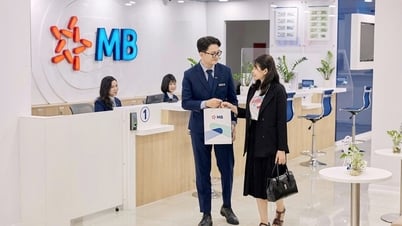

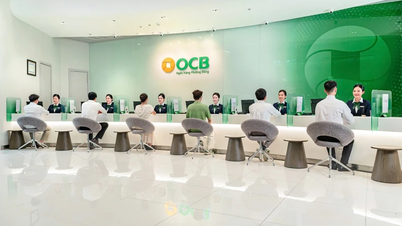


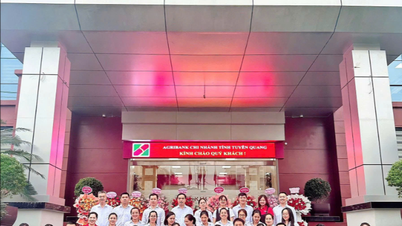



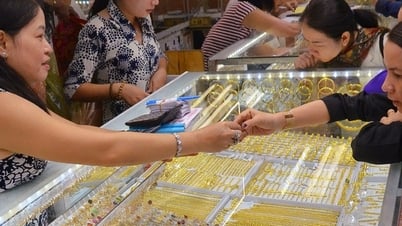














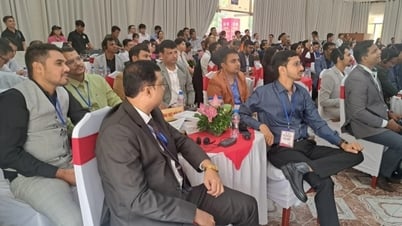
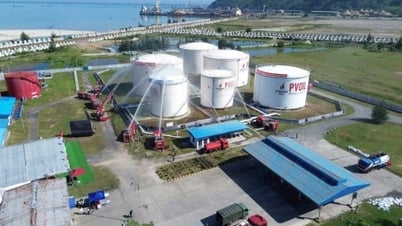

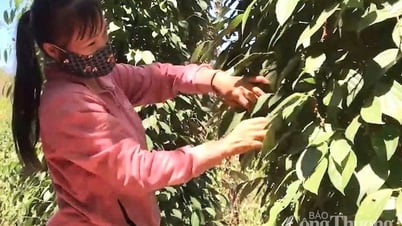


























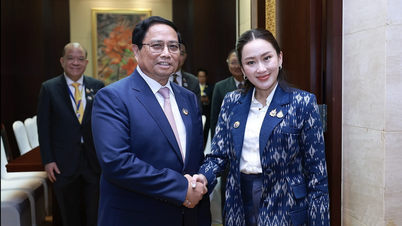
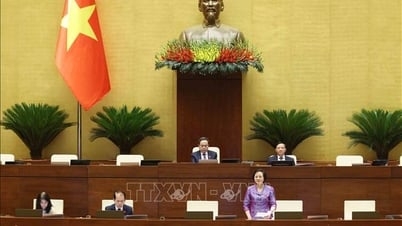

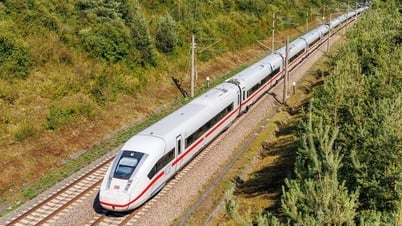















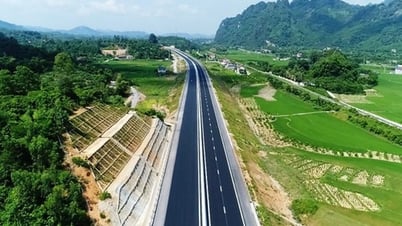

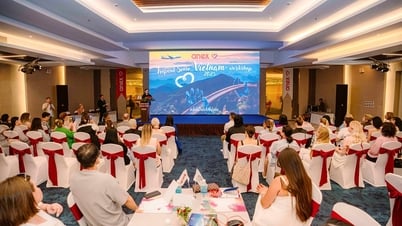

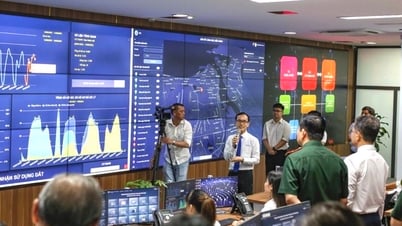
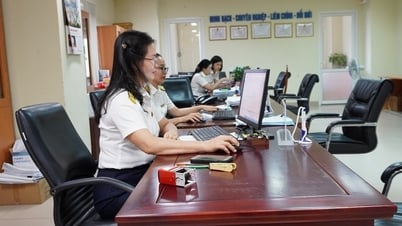










Comment (0)